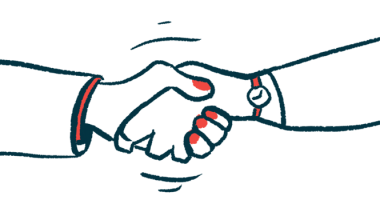
Newly Diagnosed: Taking the First Step on Your Journey
Becoming educated is a good place to start on your journey with Charcot-Marie-Tooth (CMT) disease. Whether you are a patient or a caregiver, knowing as much as possible about the disease will help you be a more active participant in your or your loved one’s healthcare. Learn more below about CMT disease, its causes, its symptoms, and how it’s diagnosed.
Overview
CMT disease is a group of inherited disorders of the peripheral nervous system, the network of nerves that supply movement and sensation to the arms and legs. First described in 1886 by three physicians — Jean-Martin Charcot, Pierre Marie, and Howard Henry Tooth — CMT is one of the most common inherited neuropathies.
Types
The various types and subtypes of CMT disease are classified on the basis of the genes that are mutated, the way the disease is inherited, the speed of nerve conduction, the age of disease onset, the severity level of the condition, the clinical symptoms, and the site of peripheral nerve damage.
Causes
CMT disease is caused by mutations in genes that affect the function of peripheral nerves — the nerves that control motor and sensory functions. The defective genes may cause degeneration of either the nerve fibers (axons) or the surrounding myelin sheath, leading to muscle weakness in the extremities.
Symptoms
CMT weakens motor and sensory nerves and is a progressive condition, which means symptoms worsen with time. The first signs are walking difficulties, and main symptoms include muscle weakness. Other symptoms may include fatigue, hearing loss, scoliosis, and breathing problems.
Diagnosis
CMT disease is characterized by muscle weakness in the arms, legs, hands, and feet, but these symptoms alone are not enough to confirm a diagnosis. Doctors may recommend various tests such as genetic testing, nerve conduction studies, electromyography, and less frequently, nerve biopsy.
Living With CMT
Charcot-Marie-Tooth (CMT) disease is a lifelong, progressive disorder, which presents daily challenges that tend to become more difficult as the patient ages. Living with CMT means learning and finding ways to adapt, continuously adjusting to changing limitations.






